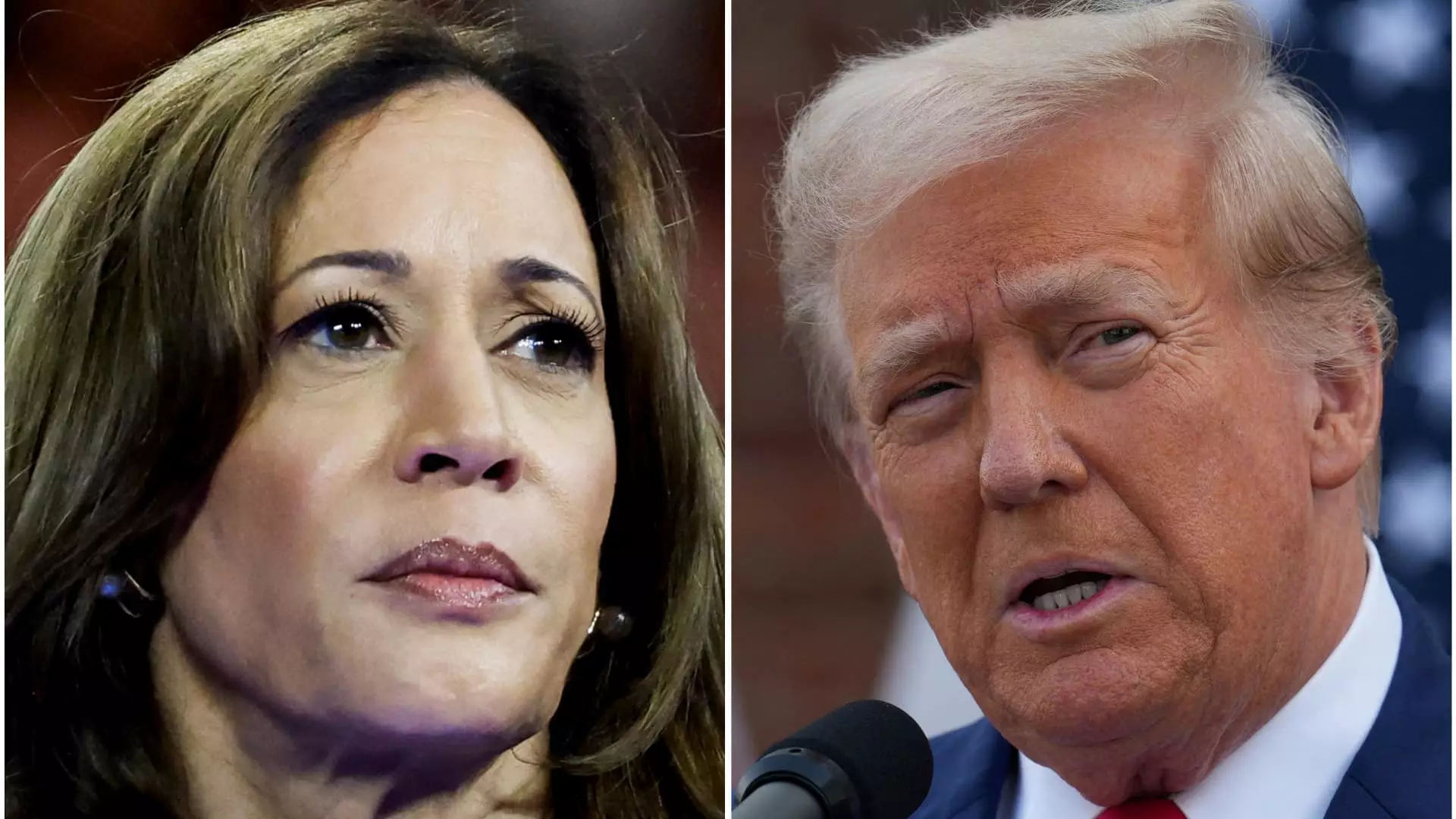As the presidential election season intensifies, the implications of capital gains tax proposals are drawing increasing scrutiny from investors and the broader market. With potential plans emerging from both Democratic and Republican candidates, it’s essential to analyze how these changes could affect individual financial planning, investment strategies, and the overall economic landscape.
Democratic presidential nominee Vice President Kamala Harris recently suggested implementing a 28% tax on long-term capital gains for individuals earning over $1 million annually, raising the existing rate of 20%. This proposal hints at a broader Democratic strategy that seeks to increase the tax burden on the wealthiest Americans. Sanders, a prominent voice within the party, indicated during his appearance on “Meet the Press” that he believes Harris should raise the tax even further, emphasizing the importance of progressive taxation to bridge socio-economic gaps.
In stark contrast, President Joe Biden has his own fiscal vision for 2025, suggesting a far more aggressive approach by advocating for a capital gains tax rate of 39.6% for the same income bracket. This divergence in policy illustrates a critical dialogue within the Democratic Party regarding how best to extract revenue from wealthier citizens and possibly reinvest in public services and infrastructure.
The discussion is further complicated by Biden’s recommendation to raise the Net Investment Income Tax (NIIT) from 3.8% to 5%, targeting high-income earners. For those with a modified adjusted gross income (MAGI) exceeding $400,000, the combination of these taxes could mean a total tax burden of 44.6% on capital gains. On the other hand, Harris’s combined tax rate for top earners would total 33%. This significant difference could inspire nuanced investment strategies among high-income earners in anticipation of impending policy shifts.
As the Democratic candidates articulate their proposals, the Republican response remains notably less robust. Former President Donald Trump has historically supported tax cuts but has not proposed a specific capital gains tax plan for the current election. However, initiatives such as Project 2025—developed by a collective of conservative organizations—advocate for a 15% capital gains tax and the abolition of the NIIT altogether. This plan caters to a conservative ideology that favors lower taxes as a means to stimulate economic growth.
The distance that Trump maintains from Project 2025 suggests a strategic choice to avoid detailed tax policy commitments during a contentious election cycle. This opens up questions about how capital gains taxation will be handled in a Republican administration and whether it could shift toward a more minimalist tax strategy aimed at enhancing market dynamics.
Historically, capital gains tax rates have fluctuated, often trailing behind standard income tax rates to incentivize long-term investment. Tax Foundation analyst Garrett Watson highlights that if Harris’s proposed 33% rate for top earners were enacted, it would represent the highest capital gains tax rate since the late 1970s when it neared 40%. By juxtaposing these proposals with past tax regimes—most notably the reductions under George H.W. Bush and the drastic cuts seen during his son’s presidency—investors can better gauge potential market responses.
While supporters of higher capital gains taxes posit that the wealthy should be taxed at higher rates to promote equity, the volatility in tax revenue from capital gains, as illustrated by Watson, presents a conundrum for policymakers. Changes in tax rates could trigger a “lock-in effect,” where investors may deliberately hold onto their assets to avoid realizing capital gains, thus softening tax revenues and possibly stalling economic growth.
As investors approach the 2024 election cycle, they face uncertainty regarding tax strategies and investment decisions. With capital gains tax rates at stake, the volatility of the market indicates that many investors may defer selling assets until there is clarity on forthcoming tax implications. For some, the strategic realization of gains in the 0% bracket may serve as a preferred route, contingent upon current income levels and future financial goals.
Ultimately, as discussions of capital gains taxes intensify, the interplay between these proposals and investor behavior underscores the significance of understanding not only the economic policies set forth by candidates but also the historical context and potential ramifications on personal finance strategies. The forthcoming months will be pivotal for both candidates and investors, revealing how tax policy may reshape economic interactions and societal dynamics in the United States.

